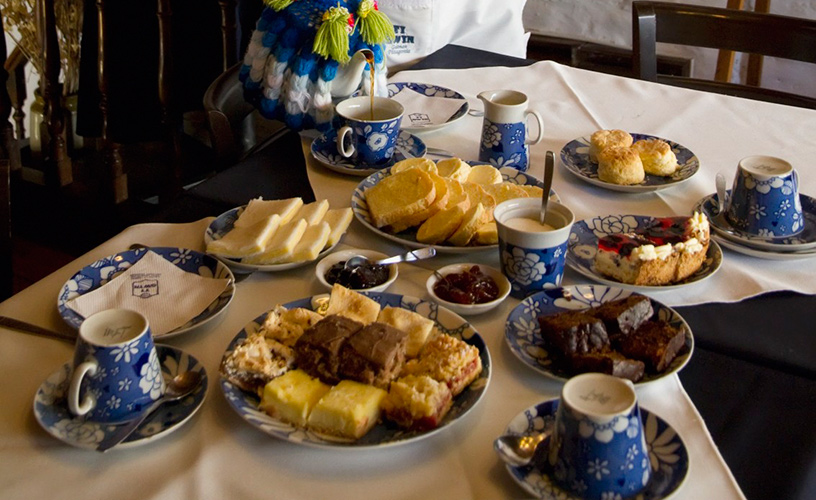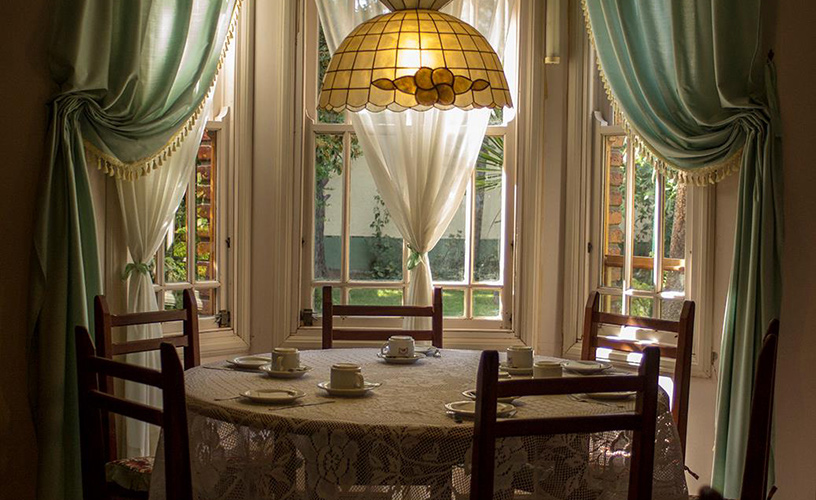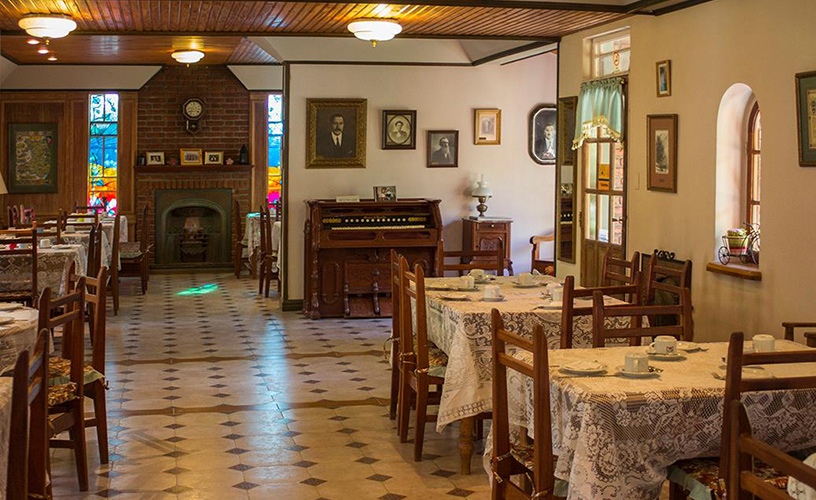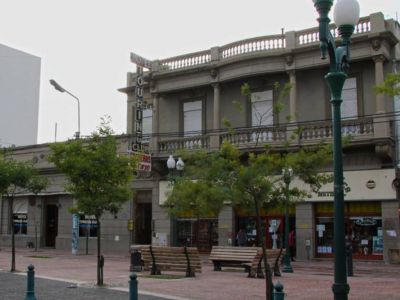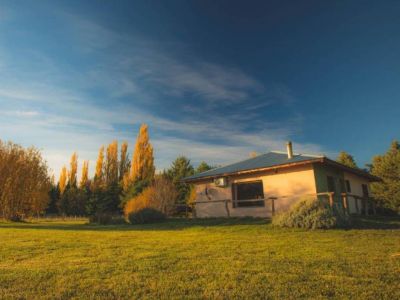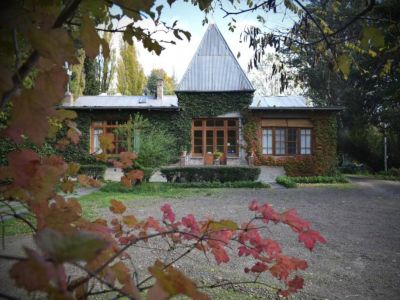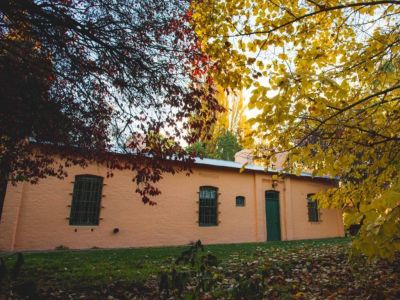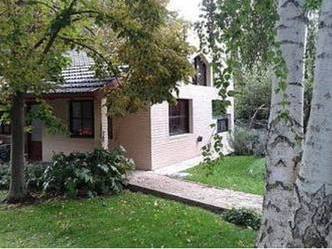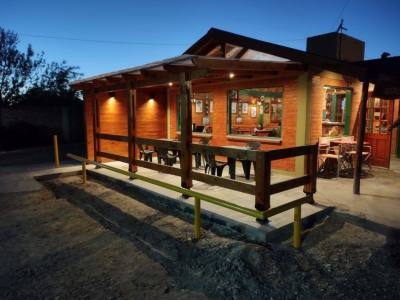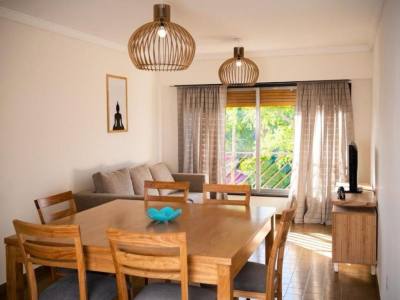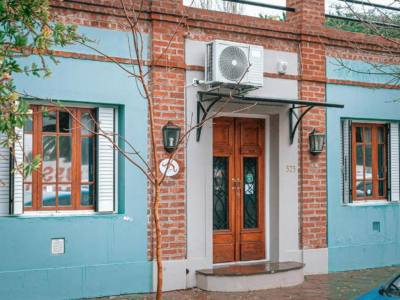The sunsets of our vacations around the Patagonian lands led us to Gaiman, where we confirmed that the best Welsh teas are served at their well-known tea-houses. In the center of town, two referents of this already rooted custom awaited us.
Ty Gwyn
Its name stands for “white house”. We were delighted by the fascinating aroma of delicacies and the soft pleasant music as soon as we stood at its doorstep. Inside a grand house built over 30 years ago, a large dining-room, like that of a private home, welcomed us with a delicious scent of cinnamon.
We sat at a table and a waitress wearing a white apron initiated us in the art of laying a tea table. She enumerated the great deal of homemade options we had: apple pie, fruit pie and cream pie, black cakes, nut cakes, chocolate cakes and lemon pie, among other sweet dishes. We also had bread, scones and salty snacks.
As we waited, she told us about the Welsh who landed on Argentinian shores, the colonization of Gaiman and their famous choir encounters. We tasted the delicious tea served in china cups and without haste we savored each of the treats we had in front of us. They were the result of baking the same family recipes year after year.
The need to keep on digging up the Welsh past of Gaiman remained after such a memorable moment. Curiously enough, the word Gaiman stands for “whetstone” in the Tehuelche tongue.
Welsh Customs
Related tours:
Ty Cymraeg
Eager to repeat the tradition of having tea at another tea-house, we visited Ty Cymraeg. The grandparents of the present owners of the house raised that building facing the Chubut River while they imagined a better future than the one they might have had at their home town: Liverpool.
A teapot with the traditional hand knitted wool cover that prevents the beverage from getting cold was surrounded by soft sponge cakes, small rolls, berry jams, pear pies, chocolate and nut pudding, and so on. Everything overflowing from the trays the waitress brought along full of confidence.
The history of the Welsh is long, amusing and the afternoons we spent in the area were not enough to taste all the scrumptious preparations displayed on the traditional tables. These two grand houses are enough sample of this phenomenon. We felt nostalgia and admiration for the courage of the Welsh who consolidated their essence in isolated faraway lands and preserved it till our days.
Dinosaurs in Trelew
Inside its modern rooms, MEF -Museo Egidio Feruglio- displays fossils and documentation that give proof of the habitat and habits of prehistoric animals
Punta Tombo, Cradle of Penguins
A visit to the colony enables everyone to walk around the natural habitat of these animals framed by the sea while they continue with their routine
Mónica Pons
Gentileza de las Casas de Té
Contact of the excursion or tour
Ty Gwyn
Gaiman - 9 de Julio 111, Trelew, Chubut, Agentina
Phone: +54 280-4491009
